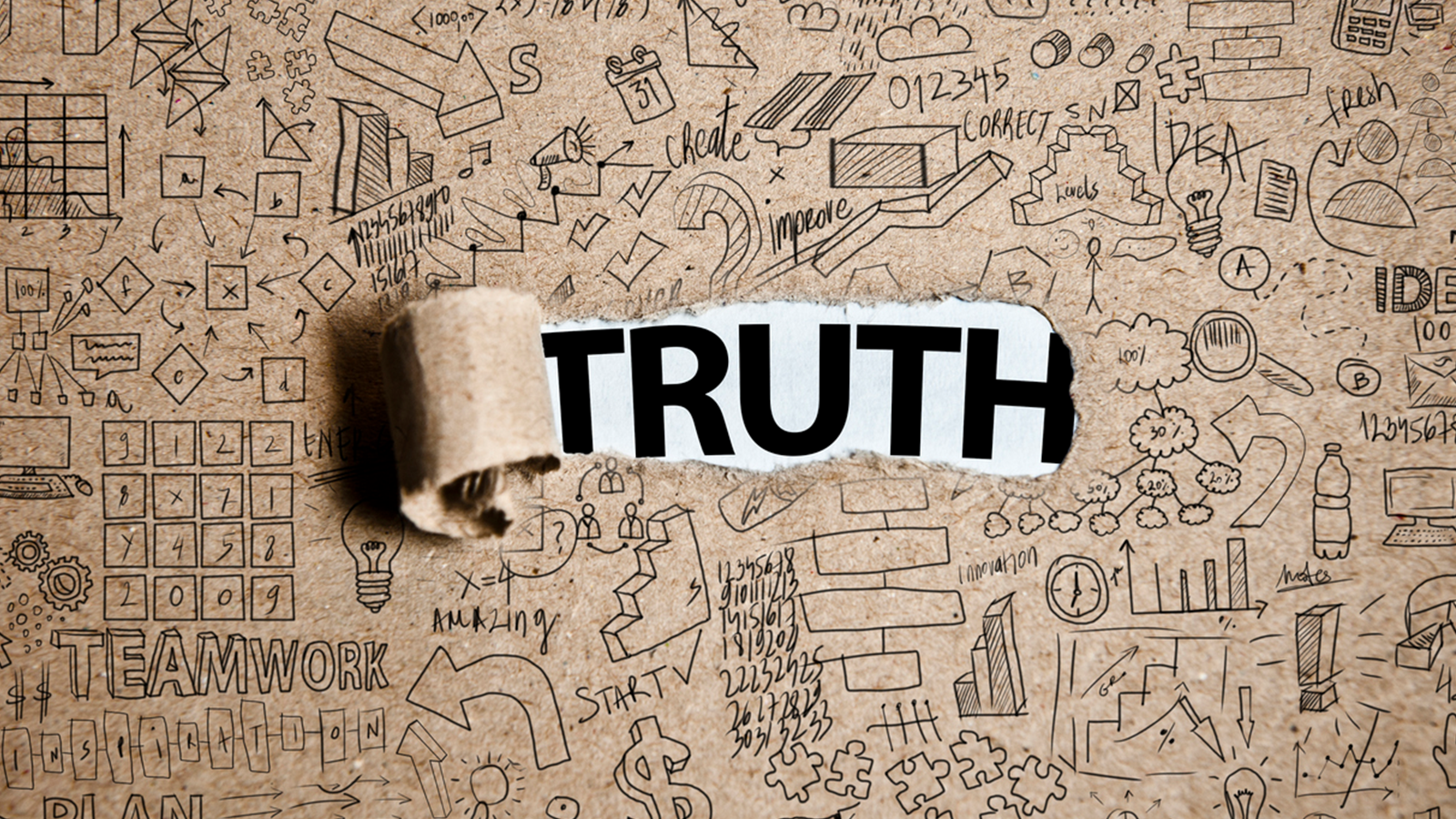
The skills and content taught in science and social studies are often relegated to a secondary importance when compared to literacy and math. We can see this in how districts allocate funding and what states decide to test. However, while social studies skills are often taken for granted, the current political climate in the United States demands that we revisit, analyze, and update the skills that students will need not only to be successful in their future workplace but most importantly to be able to contribute to a healthy social dialogue as active citizens. We need to be able to have civil conversations about how we want to live together as a nation, what values we want to give priority to, and how we understand our past in order to promote a robust and healthy national future.
Truth Decay Defined
In recent years we have seen the development of what a report from the RAND Corporation labels “Truth Decay,” also described as “the diminishing role that facts, data, and analysis play in our political and civic discourse.” They note that this trend “has in part been fueled by our complex and rapidly evolving media and technology ecosystem.” Opinion, intuition, and confirmation bias take the place of facts and analysis in informing our political discussions. The prevailing trend seems to be to focus on a belief first and then work backward from there to find the evidence to support it. And if one doesn’t find evidence for that belief, rather than changing one’s mind or being open to other points of view, people are doubling down on their beliefs—regardless of the facts on the ground.
There are many beliefs that cannot be proven or disproven (religious ones, for example), and that is one of the reasons why the founding fathers sought to separate religious beliefs and practices from civil life. We can only build a nation composed of people with diverse beliefs, histories, and backgrounds through what we have in common, and “facts, data, and analysis” play an essential role in that aspect of nation building.

Photo: iStock by Getty Images
Combat Truth Decay in the Classroom
Social studies educators need to be at the forefront of combating the trend of truth decay. Many of the fundamental principles to combat this trend have been part of our national and state standards for years. We are asked to teach our students to (1) ask questions (essential and supporting); (2) gather evidence (primary and secondary sources); (3) analyze evidence for bias, point of view, and reliability; (4) distinguish between connotative (emotional) and denotative (factual) forms of communication as well as fact and opinion; and (5) recognize the range of reasonable interpretations for the material that we have sought to analyze (e.g., not all historians draw the same conclusions even when presented with the same data). It seems that if we were loyal to these principles, and if our school districts invested realistically in promoting them, we would have a solid enough bulwark against truth decay. But the rapidly changing landscape of how we find, process, and share information means that these standards are not enough.
In their report, the RAND researchers focus on four disturbing trends that need to be addressed with additional standards and expectations for students:
- Increasing disagreement about facts and analytical interpretations of facts and data
- Declining trust in formerly respected sources of facts
- A blurring of the line between opinion and fact
- The increasing relative volume and resulting influence of opinion and personal experience over facts
They cull from analysis of media literacy standards from across the nation to offer fifteen standards that can help to set expectations for civil discourse in our current media environment—expectations for students to challenge these trends of truth decay. I won’t enumerate each of those expectations here (you can review the source article to see their summary), but I do want to highlight a few of their points that are particularly relevant in our fast-changing media environment.
I see at least two significant trends in these standards: (1) the need to be more self-reflective of one’s own beliefs and positionality (race, class, religion, etc.), as well as those of others with whom you may not agree; and (2) the need to understand how changes in technology have affected the type of information we consume, how we consume it, and how easy it is to be intentionally misled (whether by algorithms that we can’t see or the intentional manipulation of photographs and video content by those who seek to disrupt and deceive).
Regarding the first trend we need to help students:
“identify gaps in one’s knowledge or understanding… and when forming or updating an opinion about a topic, it is critical to identify where information is missing from one’s own knowledge or from the claims of others… [We also need to] require learners to recognize their own biases and perspectives before contributing commentary or information to ongoing public conversations.”
This is a humbling necessity and will require a great deal of discipline not only for students but for those of us who are educators. We are taught to convey knowledge as teachers, but before we can convey, we must question our own knowledge and model that for students. Rather than simply assert truths, we need to help students formulate their own questions about social issues (what are the gaps in their knowledge?) so that we can begin to build a common understanding of what facts we will need to gather in order to respond to these questions. We need to explore our own biases and beliefs and bring them to the table in order to share honestly with others. Finally, we need to be restrained when sharing information on social media to ensure that we are promoting content that meets our standards for truth and fact-based arguments that we are trying so hard to preserve.

Photo: iStock by Getty Images
A Modern Dilemma
Challenges from new forms of media and developments in technology pose the second great challenge to our civil discourse. We have seen how search and more importantly social media algorithms can determine the type of information that we find. We don’t see how the response to our online questions are manipulated by these automated forces, but we can see how the more active we are on social media, the narrower the content we are presented with becomes. Social media algorithms present more and more constrained data sets the more we search, interact with friends and colleagues, and express our ideas and opinions. Students need to be aware of the negative force of digital echo chambers, and we need to develop expectations for them to look for sources of information outside of those self-reinforcing chambers.
We are also learning how easily photographs and videos can be altered to present as “fact” things that have been created by others to persuade and deceive. Students don’t need to become experts in analyzing content for manipulation, but we do need to make them suspicious of media so that they ask additional questions and look to multiple data points in order to draw a conclusion. This is the same skill that we have promoted for years by having students analyze primary sources for “bias,” whether intentional or not. We need to encourage students to always ask themselves, “Who will benefit from promoting this ‘fact’ or point of view? Can it be trusted? Can it be independently verified? Can it be corroborated with other documents? Could it have been fabricated by someone with ulterior motives?” The same principles apply now more than ever. Together we can fight truth decay.
Active Classroom can aid your classroom with hundreds of analysis-based activities
Access a free trial to start fostering civil discourse
Dr. Aaron Willis is the Chief Learning Officer for Social Studies School Service. He works with districts around the country to provide resources, strategies, and training to help teachers make meaningful connections with their students. He can be reached via email at [email protected]. Follow him on Twitter @Dr_Aaron_Willis.